Old school lolita is difficult to pin down stylistically because it isn't a substyle. Age is, of course, the primary factor here: if it was made between 1997 and around 2005, it'll probably look old school. But there's more elements, tangible and intangible, that make a piece old school-able. The materials, construction, accessories, styling, and overall mood of the coordinate all play a key role.
As the presenter for Old School for Newbies at Bay Area Kei's J-Fashion University, I have a duty to share exactly what qualifies as 'old school', at least for my panel's purposes. By no means am I saying I'm a real authority; I've only been wearing lolita for seven years. However, I think developing some clear(ish) guidelines can help people new to old school adopt an eye for the style. Some of this post is adapted from the LiveJournal Lolita Handbook: give it a look if you're unfamiliar or nostalgic.
In other words, I have crowned myself the arbiter of style and taste, and with this post, so can you!
Materials
If there's one essential section in this blog post, it's this one. The rest of the characteristics can be picked up through personal trial-and-error, but the correct materials (both for purchased items and for handmade) are irreplaceable. Feel free to close the tab, delete your browser history, and set your device on fire after reading this part: just be sure to take notes first. This will be on the final.
Lace
The five main types of lace found in lolita are embroidered net lace, chemical lace, bobbin lace, eyelet lace, and the infamous raschel lace. Each of these is known by several names. There are also categories of lace based on what they're used for: these include trim, insertion lace, beading (no beads involved), galloon, and appliques. Finally, some brands have used less conventional trim in the place of lace, including pom-pom trim (notably found on Angelic Pretty's
Puppet Circus) and ric rac (as on AP's
Magical Etoile).
For the purposes of old school, embroidered net lace is generally a no-go. Also called tulle lace, this lace is characterized by a fine mesh background onto which the designs are embroidered. This lace is often cotton, and comes in every color imaginable and some I can't quite grasp. When a brand creates a custom lace, it's probably going to be tulle lace.
Chemical lace (also called venise, venice, or guipure lace) is an elegant type of lace created by embroidering a water-soluble fabric, then dissolving the background away to reveal an intact lace design. The most common chemical lace used for old school is a design with roses, but many different types are available. This lace can be found in both synthetic and natural fibers, and comes in a wide variety of colors; it's the type of lace most likely to have a black colorway.
Bobbin lace, including torchon lace (beggar's lace) and cluny lace, is sometimes erroneously called crochet lace in listings, so that may be a helpful search term. It is woven from individual threads braided together to form designs, with no embroidery at all. Torchon lace is the most common type of lace for old school socks and wristcuffs, and has the added bonus of being sturdier than other types. Bobbin lace is usually cotton or a cotton blend.
Eyelet lace (sometimes called broderie anglaise), like embroidered net lace or chemical lace, is created by embroidering onto a plain background. However, for eyelet lace, the background is generally a solid, plain, white cotton, and holes are cut out to give the lace effect. Eyelet lace is easy to find in craft stores in a ubiquitous daisy pattern, which is marketed for use in baby clothing. Eyelet lace is often white cotton or pastel.
 |
Close up of Anna House Cotton Eyelet Lace Skirt showing chemical (top) and eyelet (bottom) lace
|
Raschel lace is a type of lace that is knitted on a machine. Raschel lace was the supreme enemy of many a lolita back when online shopping was worse, because low-quality, costumey raschel was often all that could be found. Synthetic raschel lace is often cheap, brightly colored, costumey, and feels like a scratchy plastic mesh, while cotton raschel lace is very difficult to find. In general, unless it's coming from the trusted hands of Metamorphose Temps de Fille, I really don't trust raschel lace. Chances are, if it's nice enough to use for lolita, there's a torchon lace that's even nicer for the same price.
The terms trim, insertion lace, beading, galloon, collar, all-over, and applique refer to the shape of the lace, rather than the manufacturing method or material. Trim means the lace is in a strip format can be used on an edge or hemline, while insertion means the lace is meant to be inserted between two panels of another material. Beading means the lace has gaps into which a ribbon can be threaded; it's got nothing to do with beads, which are beaded. Galloon lace means a lace that's scalloped on both edges. Collars and appliques come in shapes with closed edges that are meant to be sewn onto the garment as either the collar or an appliqued decoration; lace collars are rare in lolita. Finally, all-over lace just means a lace that, instead of being a few inches wide like lace trims, it's several feet wide like a fabric. All-over lace is sometimes used as an overlay, but a whole dress of it would be full of holes and too revealing. Some of these examples aren't loliable in the slightest.
Pompom trim has pompoms and is a total lint magnet. Ric rac is a woven zig-zag trim that's usually used for country pieces. It comes in an amazing variety of colors and metallics. Sometimes ouji or gothic brands will use frogs or cord braid, which are both types of decoration made from braided cord; frogs are button-like closures while braid is a trim. These usually come in metallics and black. These are all really rare, so ignore them while shopping.
Fabric
In my mind, a fabric is defined by four main elements: fiber content, weave, all-over dye, and print.
The main fibers used in lolita are cotton and polyester, with wool and wool/polyester blends used sometimes for outerwear. For old school, cotton is undoubtedly the most common.Cotton is grown from the cotton plant as a protective layer for the seeds, while wool is sheep (or, rarely, goat or rabbit) hair. Polyester is basically plastic.
The most important weaves for old school are plain weave, twill weave, and velvet/velveteen. Gobelin (tapestry) is popular but not as common. Various other weaves, such as french dot and satin, were used infrequently. Gobelin weave is also popular; this tapestry weave gets its pattern not from printing on the surface, but from the patterns into which pre-dyed threads are woven.
The name of the fabric is determined by a combination of the fiber, the weave, and how heavy the fabric is. The most common fabrics for old school are high-quality cotton broadcloth (a light plain weave cotton), cotton burberry (a smooth twill weave), cotton twill, and cotton velveteen (cotton woven as velvet), though synthetic tapestry/gobelin is very popular with current old school wearers. Cotton sateen and synthetic tulle with dots are occasionally seen as well. A lot of current Chinese brands will use more complicated weaves with built-in patterns, but these weren't really that common until recently. Shiny polyester, polyester chiffon, chirimen, and polyester crepe aren't really good for old school; besides, they just don't breathe right.
The all-over dye is what color the fabric is dyed in its entirety, either as raw material (dyed in the wool) or as thread (see tartan for this) . Old school lolita had more limited color palettes: gothic was mostly black, moitie blue, and white, with the occasional red; sweet came in black, pink, red, white, sax, and sometimes pale butter yellow or pure pastel mint; and classic came in black, white, ivory, jewel tones, or dusty pinks and greens. Florals are most likely to come in uncommon colors, but that's more of a print thing. Over all, other than classic, most styles came in very saturated, pure tones.
Print is when a fabric is printed after dyeing; because old school brands didn't have digital printing technology or the size to fulfill order minimums from fabric printers, other than established brands like Jane Marple, MILK, and Emily Temple Cute, few brands could do custom prints in full color. Most prints were commercially available fabric with strawberries, dots, florals, and other common motifs. To create their own designs, brands would embroider, applique, or screenprint onto commercially available fabric. Border prints were very uncommon in old school, with the notable exception of the Meta Window Print Series, which was both a border print and printed on polyester.
Construction
Silhouette
In general, old school follows a more toned down silhouette than recent styles. Tea length and short lengths were both popular. Additionally, there was less violent, cupcake-like poof, even with Angelic Pretty's sweetest offerings; even pieces that could fit a lot of petti weren't worn fully inflated. Blouse sleeves were generally either short and poofy, long princess sleeves, or basically straight; big billowy bishop sleeves, which are common in modern styles, really weren't common yet.
 |
Among other things, the sleeves on this Infanta blouse are just too dramatic
|
Techniques
This one is an incredibly personal and minor nitpick of mine: lace on old school items is generally gathered or sewn straight on, not pleated. A lot of headdresses from Chinese brands would be perfect for old school if they just stopped pleating everything! Ribbon or plain fabric is sometimes pleated as a trim, but that's generally for military-leaning items, not super sweet rectangle headdresses!
 |
Innocent World Grosgrain Rose Headdress, 2001, with lightly gathered lace.
|
Accessories
The overload of accessories didn't really enter into lolita until deco-loli (decora combined with lolita) became popular. Additionally, resin and realistic sweets jewelry weren't really a thing until like 2007; gothic and punk jewelry and antique-looking pearls and pendants were more likely to be worn, with a healthy fixation on Vivienne Westwood jewelry. Platform shoes in the late 90s and early 2000s were flat on the bottom, without the pronounced treads that many platforms have today. Rocking horse shoes are amazing but not a requirement by any means; in fact, many lolitas just wore plain flat mary janes. Hair accessories and wristcuffs can be nice but aren't necessities for every coordinate. Headdresses that are ruffled on one side are pretty recent as a middle ground between half-bonnets and rectangle headdresses; I can't find old-school examples of that particular style.
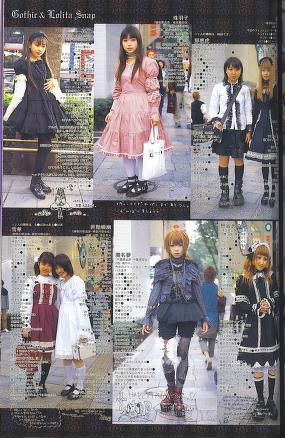 |
Snaps from GLB 03. Notice that they're mostly wearing black mary janes, regardless of the coord.
|
Styling
Hair and makeup are easy ways to get side-tracked in old school. It's difficult to maintain the balance of being genuine to one's own style and matching the styling of the rest of the outfit.
Hairstyles
Although the stereotypical hairstyles for old school are either sausage curls or a straight hime cut, pretty much anything can work. Unnatural colored wigs weren't yet popular, but people still dyed their hair and got short hair cuts, no matter what the GLB looks like. Pigtails of all types and blunt bangs were popular, too, but they're by no means a necessity. Unless someone's going for the all-out GLB sausage curl photoshoot look, natural hair works just fine!
 |
A wig advertisement from GLB 02
|
 |
A much more doable hairstyle from GLB 01
|
Makeup
Makeup today is a significantly more pigmented and visible than makeup was 15-20 years ago. This is one of the easiest pitfalls for newbies in old school: a light touch is really all that is needed here. Pink blush, soft eyebrows, gentle eyeliner, and maybe a layer of lip gloss is plenty for sweet and classic, while gothic lolita goes best with a darker eyeliner, dark lip, and maybe white foundation if the wearer is feeling vampiric enough to invoke corpsepaint and clowns. Over all, it's a lot less about creating a look that stands up to the outfit and more about adding a tiny bit of polish to the natural face. Nails are generally natural-ish, too, but it really doesn't matter enough to change a manicure that could last for weeks.
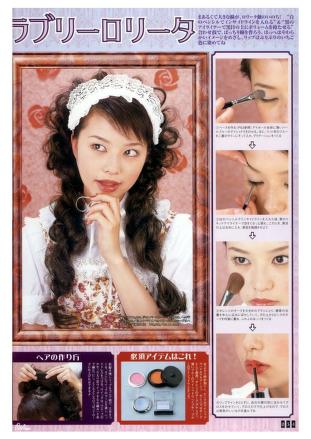 |
A makeup tutorial from GLB 02
|
Mood
Although I can preach about tiny details ad infinitum, the only way to capture the true feelings of lolita before 2005 is to explore it personally. GLBs, blogs, films, Lolibrary-- the best way to learn is whatever grabs attention. Lolita, like all alternative fashions, should be an expression of one's self, and through learning and immersion, newer lolitas can build an appreciation not only for the fashion as it was, but also themselves as they wish to become.












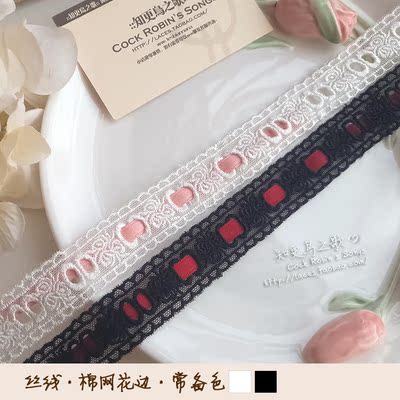
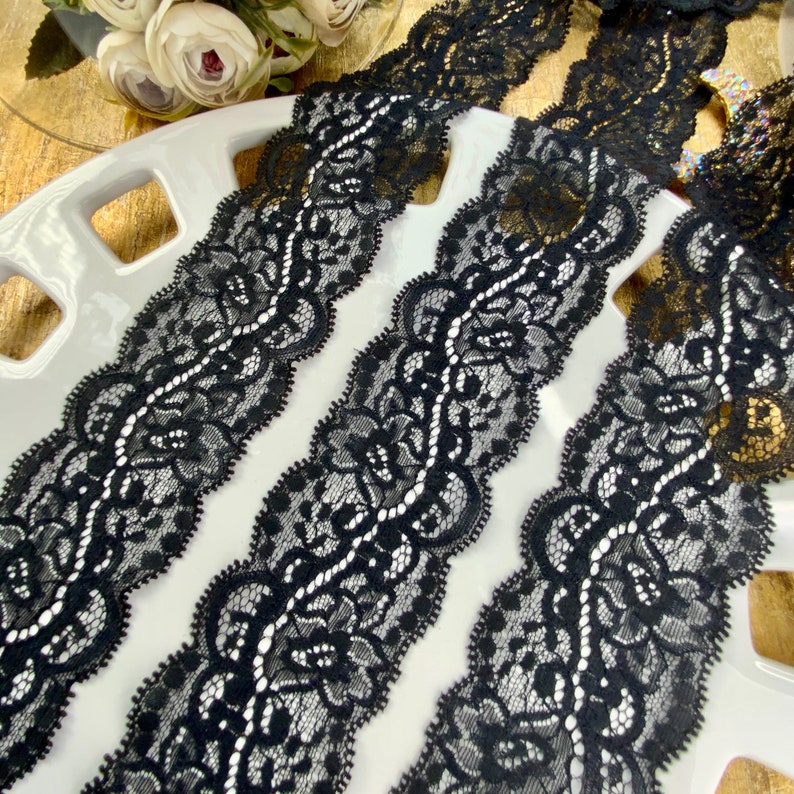
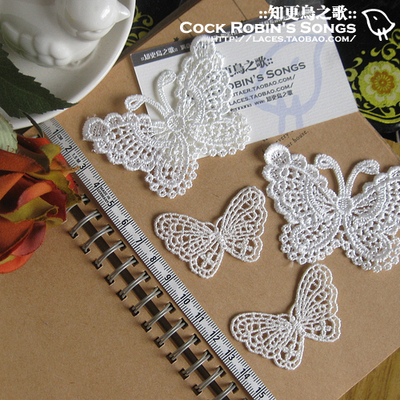

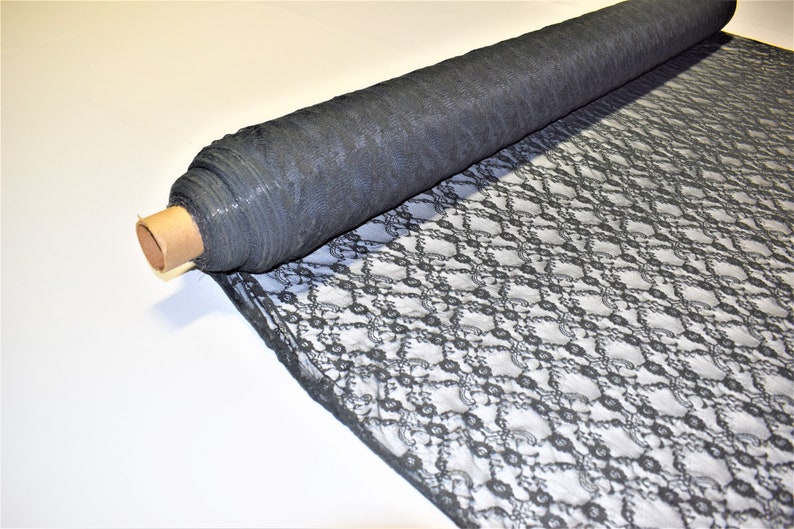





![30s Comb Burberry [f4-30000]](https://www.nippori-tomato.com/onlineshop/upload/save_image/f4-30000/f4-30000_s3.jpg)


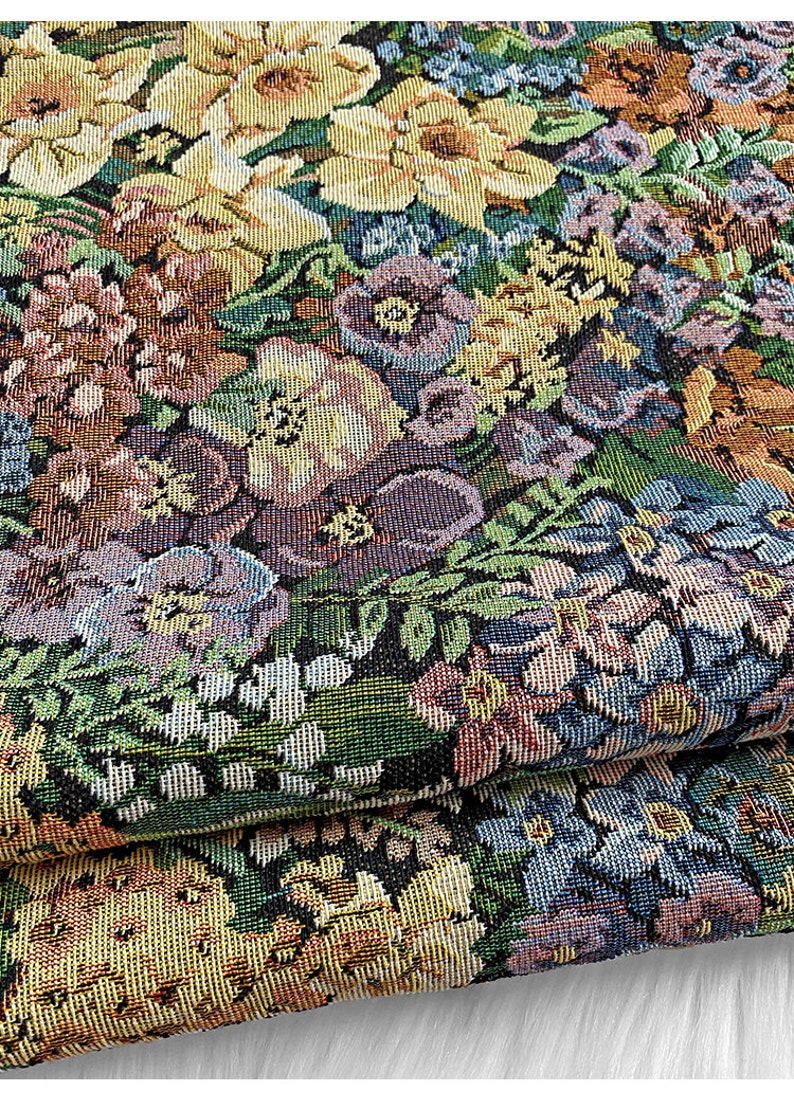

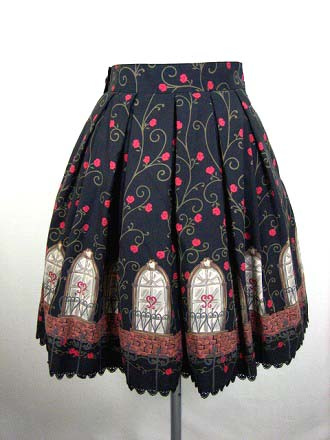


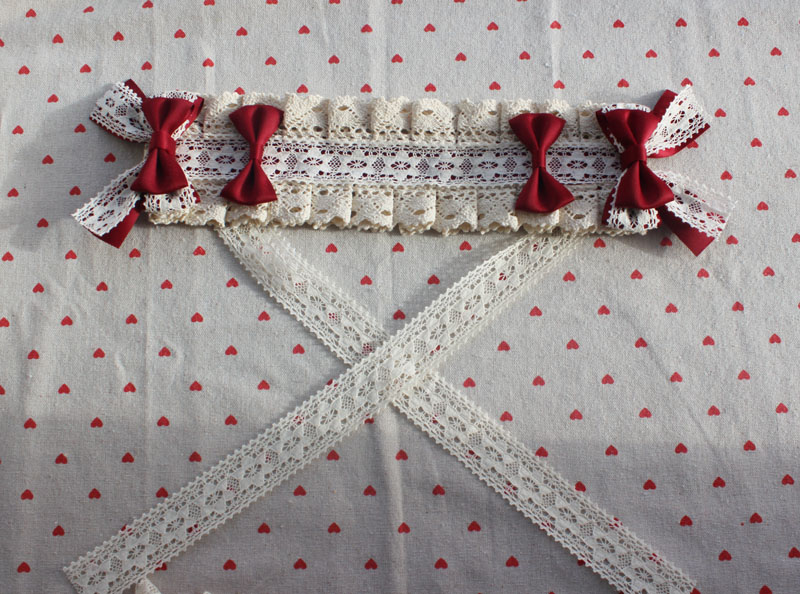



No comments:
Post a Comment